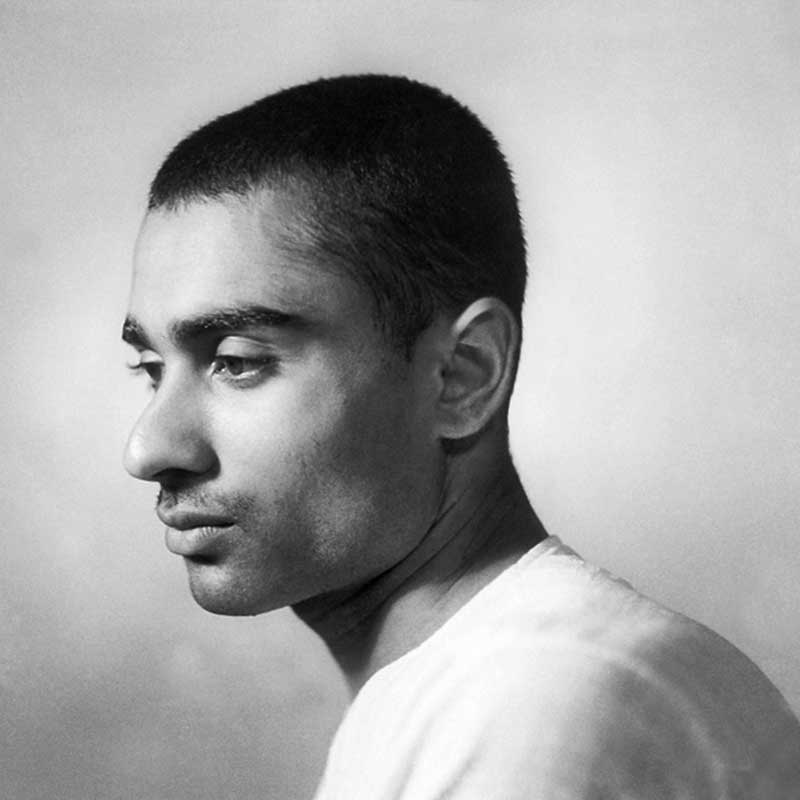
Kanu Gandhi was born to Narandas Gandhi, a nephew of Mahatma Gandhi, in 1917. Kanu’s early years were spent at Sabarmati Ashram and soon became a follower of Gandhi. He was arrested for his participation in the Civil Disobedience Movement when he was only 15.
After the Salt Satyagraha in 1930, Gandhi decided not to return to Sabarmati till India achieved independence. In 1934 Gandhi decided to take up residence in Segaon, near Wardha, which he renamed Sevagram and was a bustling ashram. Though Kanu wanted to be a doctor, he was persuaded by his father to join Gandhi’s personal staff at Sevagram supervising clerical and accounting functions, becoming known as “Bapu’s Hanuman”.
It was around 1936 when Kanu developed an interest in photography. Vinobha Bhave’s brother, Shivaji, while on a visit to Sevagram, was the first one to encourage Kanu to take up photography to capture events at the Ashram. At first Gandhi turned down Kanu, saying there were not enough funds, but later relented and requested his associate, the industrialist Ghanshyam Das Birla, to help Kanu. GD Birla made a gift of Rs.100 to Kanu, enough to buy a Rolliflex camera and a roll of film.
Gandhi imposed three conditions on Kanu for taking photographs of him: that he would never use a flash; that he would never ask him to pose; and that the Ashram would not fund his photography.
He soon began to produce images on a daily basis. However, there were some moments when Gandhi forbid Kanu from taking photographs like when Kasturba lay dying in his lap at the Aga Khan Palace in Pune.
At the time of Gandhi’s assassination in 1948, Kanu was in Noakhali in East Bengal. Abha, his wife was in Delhi with Gandhi and in fact he breathed his last in her arms. Gandhi’s death had a profound effect on Kanu and Abha’s lives. After Gandhi’s death, Kanu sporadically did any photography. He died of a heart attack in February 1986.